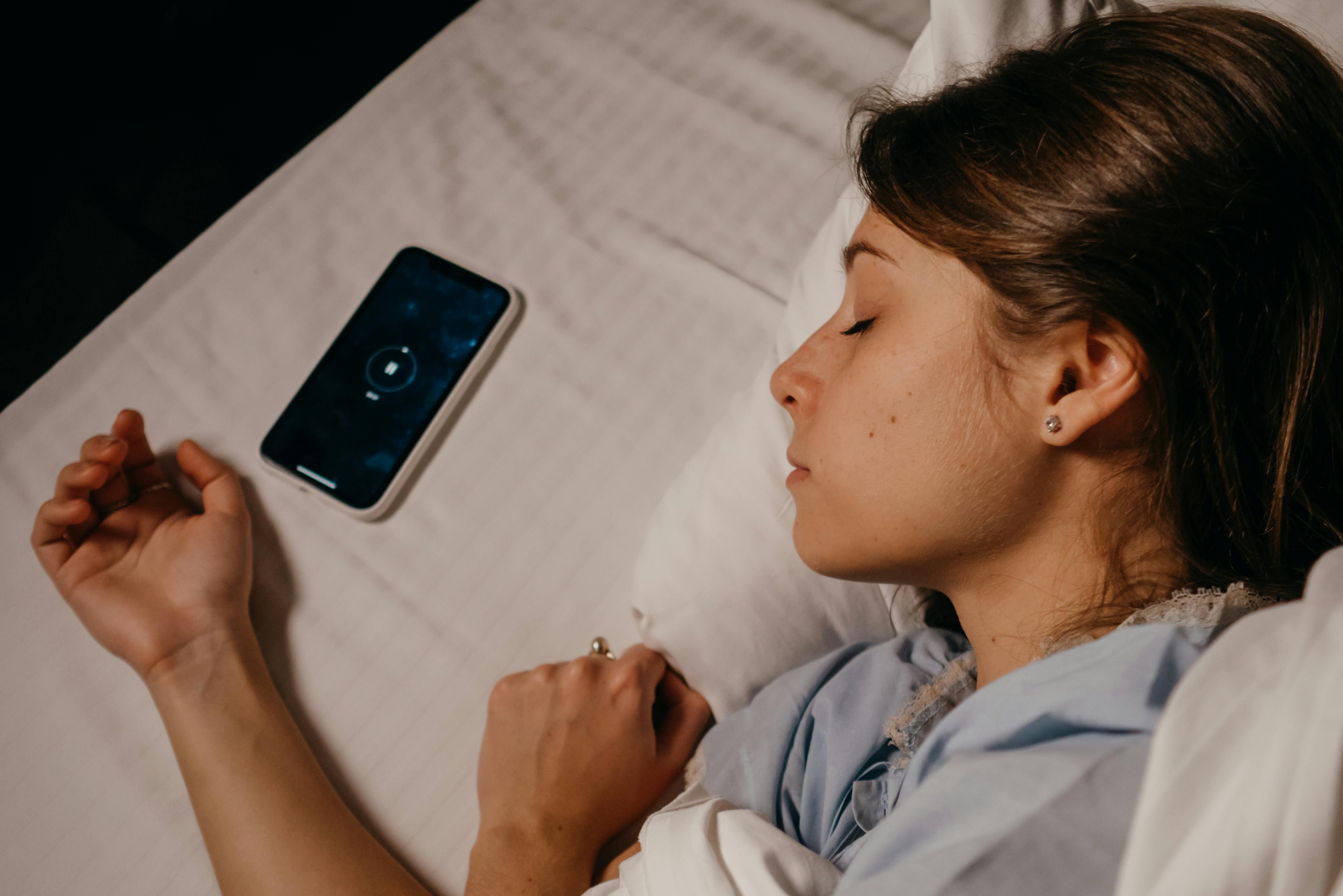
Enjoy Stress Relief And Improved Sleep With Innovative Wellness Tech
Restless nights and racing thoughts disrupt sleep for countless individuals, but new technology offers practical solutions for finding calm and falling asleep more easily. Simple gadgets and apps can blend seamlessly into your daily routine, helping you relax and settle down at bedtime. Holding a compact device or slipping a smart ring onto your finger takes only a moment, yet these tools can make a real difference in your overall comfort. By combining these options with your evening habits, you may notice a smoother path to restful sleep, even when life feels hectic and full of distractions.
This guide examines common stress triggers, highlights top releases, and breaks down step-by-step routines. You’ll discover clear steps to set up each device, mix tech into your day, and track your improvements without guessing. Start here to bring soothing routines into both your mind and your bedroom.
Understanding Stress and Sleep Challenges
Stress signals travel through your body quickly. Elevated heart rate, muscle tension, and racing thoughts disrupt your focus at work or home. When your brain stays alert, it struggles to switch into sleep mode. This gap between work and rest keeps many awake.
Sleep troubles add another layer of strain. Skipping deep stages of sleep causes foggy mornings, low energy, and mood swings. By addressing both stress and sleep together, you build a cycle that supports calm nights and sharper days.
Top Tech Tools for Stress Relief
These gadgets and apps give real-time feedback, guided sessions, or gentle vibrations to calm your system. Try one or combine several to match your style.
- *Muse*: This headband reads your brain signals and provides live audio feedback. You follow simple cues to slow brain waves and lower stress in under 10 minutes.
- *Calm*: A mobile app with breathing exercises, short videos, and soundscapes. Use its “7-Day Breath Challenge” to build a habit and reduce daily tension by up to 30%.
- *Embr Wave*: A wristband that pulses cool or warm sensations. It works within seconds to shift your nervous system out of fight-or-flight mode.
- *HeartMath Inner Balance*: A sensor for your ear or fingertip. It measures heart-rate variability (HRV) and guides you through paced breathing to improve focus and reduce anxiety.
Each tool provides instant cues and clear visuals or sounds. You select a session length, follow prompts, and observe or listen to results as stress levels decrease.
Smart Solutions for Better Sleep
These devices connect with apps to track patterns and suggest adjustments. Below are step-by-step setup instructions for three standout products.
- *Oura Ring*
- Slide the ring onto your finger before bed.
- Open its app to sync via Bluetooth.
- Review nightly scores for sleep stages, heart rate, and body temperature.
- *SleepScore* app
- Place your phone on the nightstand, screen facing up.
- Activate sleep tracking in the app before turning out the lights.
- Check morning reports for tips on room temperature and light levels.
- *Dodow*
- Position the device on your mattress near your pillow.
- Turn on the blue light and breathe in sync with the glow.
- Continue until you feel relaxed enough to close your eyes.
Using these tools helps you develop strong habits. You get clear feedback on sleep quality, allow your body to adjust, and move toward consistent rest.
Integrating Wellness Tech into Daily Routines
Small steps turn tech experiments into lasting habits. Keep your stress-relief device next to your keys or phone so you can grab it whenever tension rises. Link app reminders to existing triggers, such as after lunch or before meetings.
In the evening, set a wind-down alarm that activates your sleeping devices. Keep cables and chargers nearby so you won’t skip setup when you’re tired. Consistent use reinforces the benefits—over weeks, you’ll notice calmer afternoons and fewer sleepless nights.
Measuring Your Progress with Tech
Data transforms guesses into facts. Track daily stress scores from your headset or wristband. Look for decreases in heart rate and fewer alerts from your app. Keep a journal or use the tech platform to connect numbers with how you really feel.
On the sleep side, compare weekly stats like total rest, REM duration, or sleep efficiency. When you notice drops, adjust your routine—eat dinner earlier, dim lights sooner, or change room temperature. Use each data point to refine your personal plan.
Using these wellness tools helps you unwind and sleep better. Clear statistics and easy devices make relaxation straightforward.